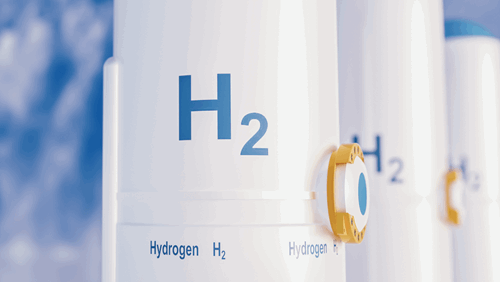News
SK to invest $15.9 B into large-scale H2 liquefaction plant development in South Korea

SK E&S plans on investing about $15.9 B for the next five years into building a H2 eco-system in Korea.
The company's strategy to build a hydrogen ecosystem in Korea is primarily in two stages: in the first stage, the company plans on supplying 30,000 t of liquefied hydrogen, sourcing from by-product hydrogen (hydrogen created additionally from processes of oil/chemical plants) by 2023 in connection with Incheon’s project to build a bio by-product hydrogen production cluster.
In the second stage, SK will produce additional 250,000 t of carbon-free clean hydrogen at a site adjacent to Boryeong LNG Terminal by 2025 with a goal of becoming the world’s leading eco-friendly hydrogen company.
30,000 t of liquefied hydrogen produced in the first stage is the equivalent quantity of fuel needed for 75,000 units of Nexo, the hydrogen-fueled car, to travel around the world at the same time (about 46,520 km) and has the same effect of planting 12 MM trees to reduce carbon dioxide, contributing significantly to improving air quality in the metropolitan areas.
The additional 250,000 t of hydrogen that will be produced in the second stage will enable SK to produce and supply a total of 280,000 t of environmentally friendly hydrogen every year in Korea. SK also plans to use experience and capabilities it will gain from this business to enter the Asian hydrogen markets such as China and Vietnam. Once the construction of the plant is completed, SK will be able to refine by-product hydrogen provided from SK Incheon Petrochemical to high purity and process it to liquid before supplying it to the metropolitan areas.
Once the construction of the plant is completed, SK will be able to refine by-product hydrogen provided from SK Incheon Petrochemical to high purity and process it to liquid before supplying it to the metropolitan areas.
The company also plans to operate 100 hydrogen fueling stations across the country by 2025 to supply 80,000 t of liquefied hydrogen every year. It will also build a fuel cell power plant with a capacity of 400 MW to provide 200,000 t of hydrogen annually through a dedicated pipeline.

